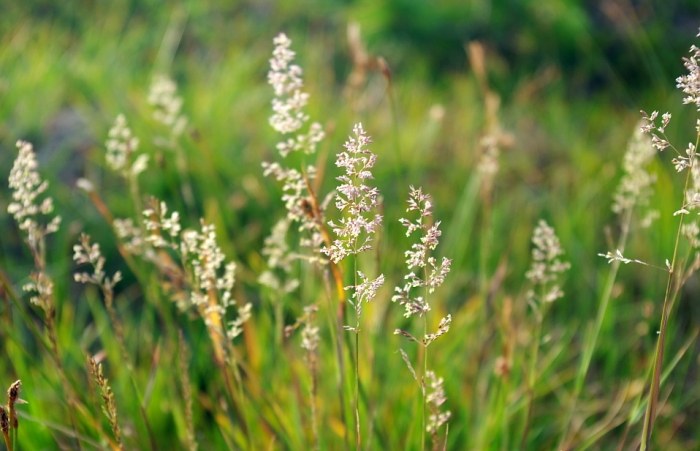Creeping Bentgrass
(Agrostis stolonifera)
Creeping Bentgrass (Agrostis stolonifera)
/
/

Георгий Виноградов (Georgy Vinogradov)
CC BY 4.0































































Estimated Native Range
Summary
Creeping Bentgrass thrives in full sun to part shade and prefers consistently moist soil conditions with good drainage. It is adaptable to a variety of soil types, from sandy to clay. In garden settings, it can be used as a ground cover or for creating a fine-textured lawn. However, it requires regular maintenance, including frequent mowing and watering, to maintain its appearance. It can become invasive if not properly managed, spreading by stolons to form a dense ground cover that can outcompete other plants.CC BY-SA 4.0
Plant Description
- Plant Type: Grass
- Height: 0.5-3 feet
- Width: 0.5-2.5 feet
- Growth Rate: Moderate
- Flower Color: N/A
- Flowering Season: Summer
- Leaf Retention: Evergreen
Growth Requirements
- Sun: Full Sun, Part Shade
- Water: Medium, High
- Drainage: Medium, Slow
Common Uses
Bank Stabilization, Deer Resistant, Drought Tolerant, Erosion Control, Fire Resistant, Salt Tolerant, Water Garden
Natural Habitat
native to temperate and cool regions of Europe, Asia, and possibly North America, often found in moist meadows, stream banks, and lakeshores
Other Names
Common Names: Creeping Bent, Creeping Bent Grass, Fiorin, Carpet Bentgrass, Creeping Bentgrass, Redtop, Kryb-Hvene, Flechtstraußgras, Weißes Straußgras, Kriechendes Straussgras
Scientific Names: , Agrostis intermedia, Agrostis stolonifera, Agrostis coarctata, Agrostis varia, Agrostis palustris, Agrostis transcaspica, Agrostis stolonifera var. stolonifera, Agrostis stolonifera subsp. stolonifera, Agrostis stolonifera var. palustris
GBIF Accepted Name: Agrostis stolonifera L.